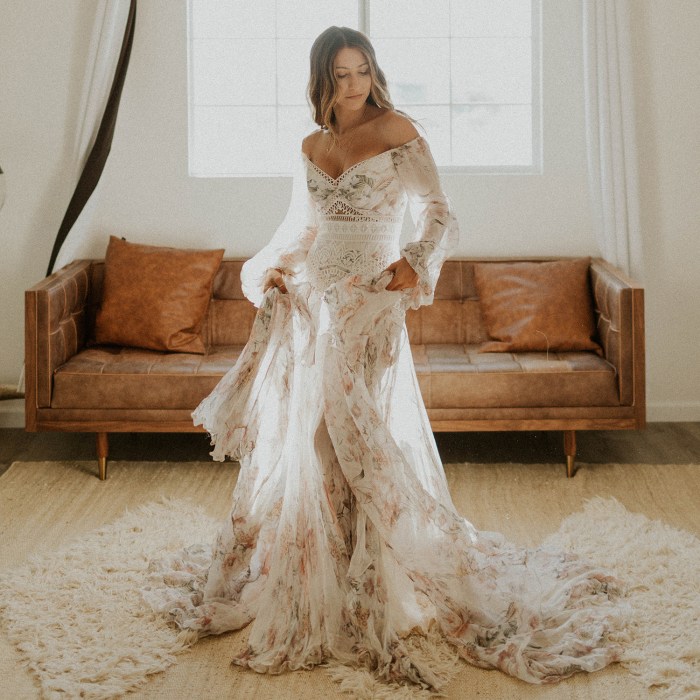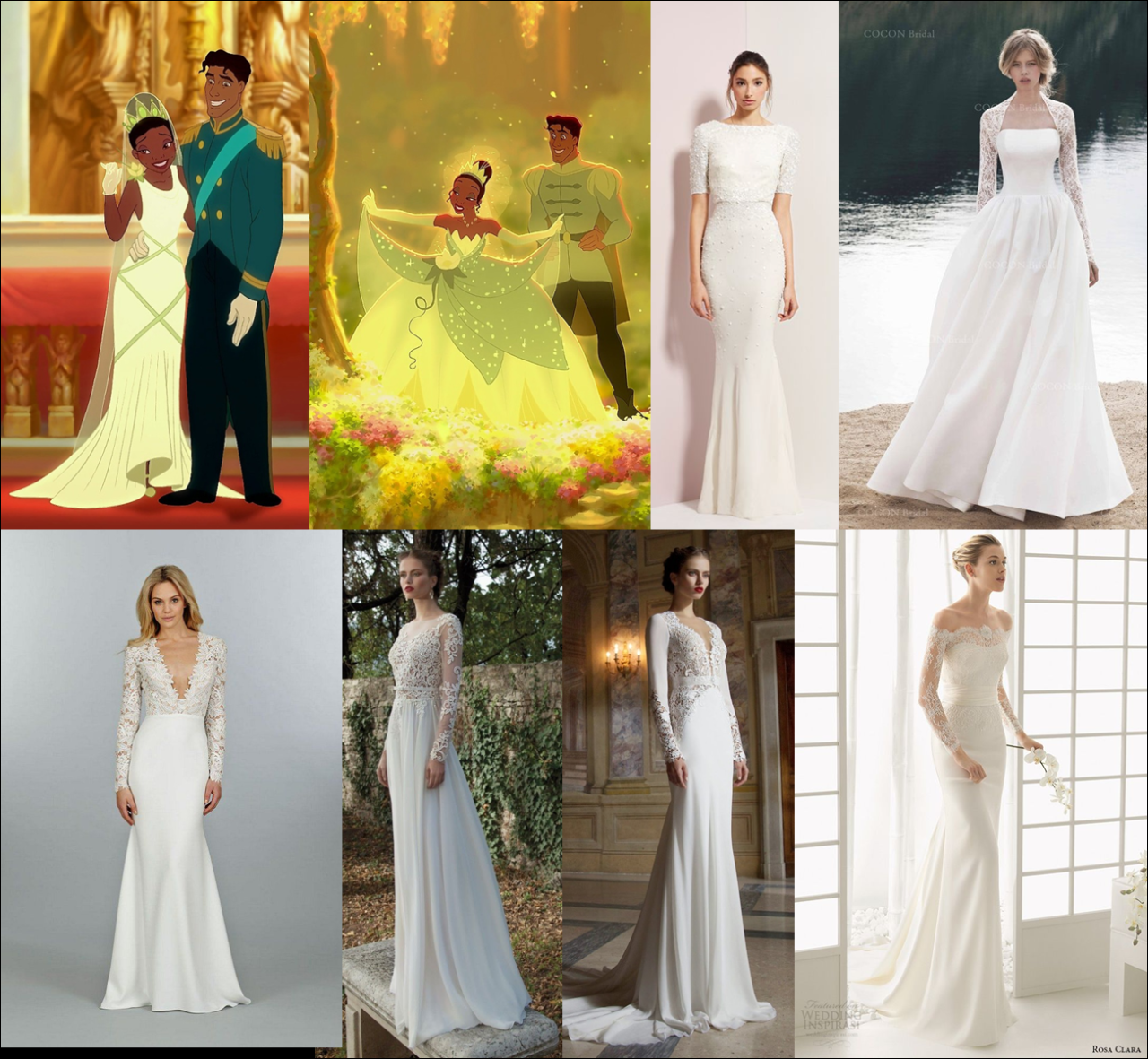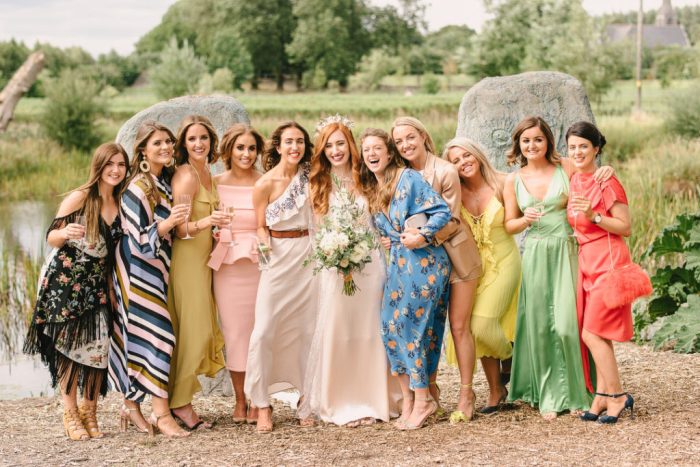Baby Doll Wedding Dresses: A Market Analysis and Design Exploration

Source: babydollweddings.com
The baby doll wedding dress, with its charming silhouette and playful aesthetic, occupies a unique niche in the bridal market. This analysis explores the current market trends, design elements, production processes, marketing strategies, and customer experience related to this specific style of wedding gown.
Market Research & Trends
The demand for baby doll wedding dresses reflects a broader shift towards more relaxed and unconventional wedding aesthetics. Younger brides, particularly those seeking a less formal or more whimsical celebration, are driving this trend. While not as dominant as classic A-line or mermaid styles, baby doll dresses hold a steady market share, appealing to a specific demographic.
Key demographics include millennial and Gen Z brides, often prioritizing comfort and personal style over traditional formality. They are typically budget-conscious but willing to invest in unique details. Compared to traditional styles, baby doll dresses offer a more affordable entry point, with a price range generally lower than elaborate ball gowns or high-end designer pieces.
Baby doll wedding dresses generally range in price from $500 to $2,500, depending on fabric, embellishments, and designer. Typical features include a fitted bodice, a full, short or tea-length skirt, and often feature lace, delicate embroidery, or other subtle details. The style is often associated with a youthful and romantic feel.
| Region | Sales Volume (Estimated) | Average Price (USD) | Popular Features |
|---|---|---|---|
| North America | 15,000 | $1,200 | Lace, short sleeves, A-line skirt |
| Europe | 10,000 | $1,000 | Simple silhouettes, delicate embroidery, tea-length skirts |
| Asia | 8,000 | $800 | Short sleeves, floral appliqués, satin fabrics |
| Australia | 3,000 | $1,500 | Unique necklines, bohemian details, flowy fabrics |
Design & Aesthetics
Baby doll wedding dresses are characterized by a fitted bodice that accentuates the waist and a full, often short or tea-length skirt that creates a flirty, youthful silhouette. Necklines vary widely, from sweetheart necklines to halter necks and off-the-shoulder styles. Fabrics commonly include tulle, lace, chiffon, and satin, contributing to the dress’s overall texture and drape.
The style has evolved from its origins in the 1950s, where it was associated with a more playful and less formal approach to bridal wear. Modern interpretations retain the key elements of the silhouette but often incorporate contemporary details, such as unique necklines, sleeves, and embellishments.
Compared to other styles, baby doll dresses offer a unique blend of romance and playfulness. They contrast sharply with the formality of ball gowns and the sleek sophistication of mermaid-style dresses, creating a distinct aesthetic appeal for brides seeking a less traditional look.
Here are three unique baby doll wedding dress concepts:
- Bohemian Rhapsody: Flowing chiffon skirt, delicate lace bodice, off-the-shoulder neckline, flower crown embellishments. The silhouette is loose and airy, creating a carefree vibe.
- Vintage Charm: A-line silhouette, fitted bodice with delicate beading, short sleeves with lace detailing, tea-length skirt in ivory satin. The dress evokes a classic yet modern feel.
- Modern Minimalist: Simple, fitted bodice in crepe fabric, short, full skirt with subtle pleating, clean neckline, and minimal embellishments. This design offers a sleek and sophisticated take on the baby doll style.
Sleeve styles range from short puff sleeves and cap sleeves to long, flowing sleeves and even sleeveless options. Puff sleeves add volume and a touch of whimsy, while long sleeves provide elegance and sophistication, while sleeveless styles offer a more modern and minimalist look.
Materials & Production
The most common fabrics for baby doll wedding dresses include tulle, chiffon, lace, satin, and crepe. The choice of fabric significantly impacts the dress’s drape, texture, and overall aesthetic. Sustainable options like organic cotton or recycled fabrics are gaining popularity.
The manufacturing process involves pattern making, cutting, sewing, embellishment application, and final finishing. This can involve various techniques, including hand-sewing for intricate details and machine sewing for larger sections of the garment.
Sustainability considerations include sourcing eco-friendly fabrics, minimizing waste during production, and employing ethical manufacturing practices. Choosing suppliers committed to fair labor standards and environmental responsibility is crucial.
Ethical sourcing of materials and manufacturing practices are paramount. This involves verifying fair wages, safe working conditions, and environmental responsibility throughout the supply chain.
Potential suppliers for different components:
- Fabric: Various online and offline fabric wholesalers specializing in bridal fabrics.
- Lace: Lace manufacturers and suppliers, both domestically and internationally.
- Embellishments: Bead suppliers, embroidery houses, and manufacturers of bridal accessories.
Marketing & Branding, Baby doll wedding dress
Three distinct marketing campaigns could target different customer segments:
- Campaign 1 (Millennials): Focus on social media marketing, influencer collaborations, and online advertising targeting brides interested in unique, budget-friendly wedding styles.
- Campaign 2 (Gen Z): Utilize TikTok and Instagram Reels to showcase the dresses’ versatility and playful aesthetic. Partner with micro-influencers and leverage user-generated content.
- Campaign 3 (Budget-conscious brides): Highlight affordability and value, offering package deals and promotions. Target brides through wedding planning websites and blogs.
The ideal brand personality should be playful, romantic, and approachable, reflecting the style of the dresses themselves. It should communicate a sense of individuality and celebrate the unique style of the modern bride.
The delicate charm of a baby doll wedding dress offers a unique alternative to traditional bridal gowns. For brides seeking a more luxurious and established designer, exploring options like those found when researching allure prices wedding dresses can be insightful. Comparing these different styles helps brides understand the range of price points and design aesthetics available before committing to their perfect baby doll dress or a similar alternative.
Marketing channels should include a mix of online (social media, website, online advertising) and offline (bridal shows, collaborations with wedding planners) strategies.
Sample social media posts:
- “Say ‘yes’ to effortless charm in our new baby doll wedding dress collection! ✨ #babydollweddingdress #bridalstyle #weddingdress”
- “Find your perfect fairytale ending in a dress that’s as unique as you are. 💕 #weddinginspo #bridetobe #dreamdress”
Visual storytelling can effectively market baby doll wedding dresses by showcasing the dresses on diverse models in various settings, emphasizing the dresses’ versatility and highlighting the joy and celebration associated with weddings.
Customer Experience
The typical customer journey involves online research, browsing different retailers, trying on dresses, and ultimately making a purchase. Potential pain points include difficulty finding the right size or style, lack of personalized service, and long lead times.
Solutions include offering virtual consultations, personalized styling advice, a wide range of sizes and styles, and transparent communication regarding lead times. Excellent customer service practices include prompt responses to inquiries, personalized recommendations, and easy return policies.
Strategies to enhance customer satisfaction include providing exceptional customer service, offering flexible payment options, and creating a positive and welcoming in-store experience.
A customer feedback survey could include questions on dress selection, shopping experience, customer service, and overall satisfaction, allowing for continuous improvement.
FAQ Overview: Baby Doll Wedding Dress
What is the average lifespan of a baby doll wedding dress?
With proper care and storage, a well-made baby doll wedding dress can last for many years. The fabric and construction quality are key factors.
Can I alter a baby doll wedding dress?
Yes, many alterations are possible, depending on the dress’s design. Consult a professional seamstress for advice.
Where can I find affordable baby doll wedding dresses?
Online retailers, consignment shops, and sample sales often offer more affordable options. Consider off-season purchases as well.
How do I clean a baby doll wedding dress?
Always check the care label. Dry cleaning is usually recommended for delicate fabrics. For simple stains, spot cleaning may be an option.








